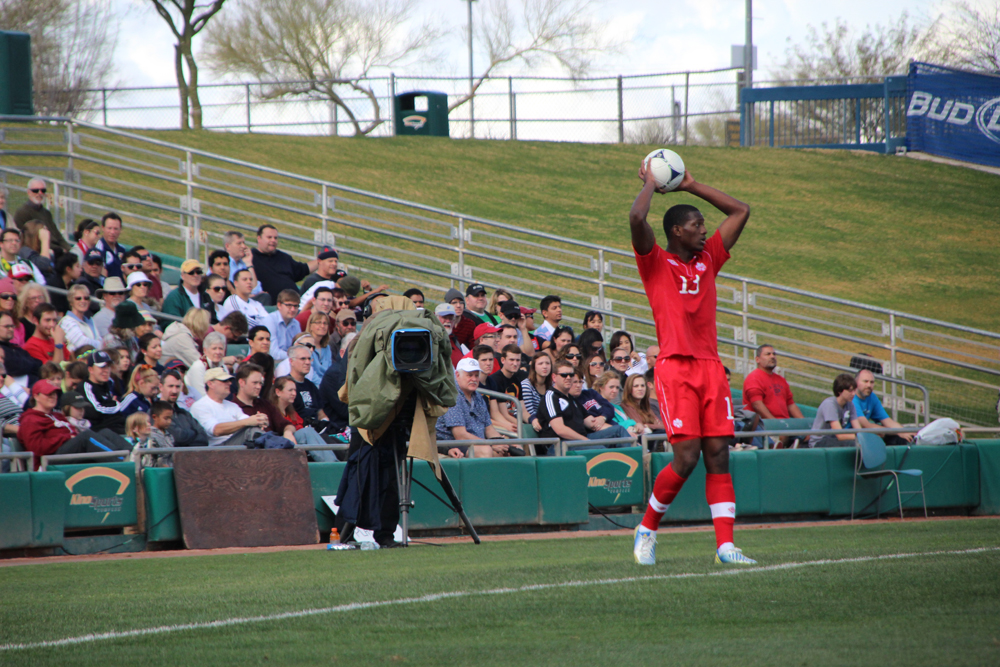Louisville, Arizona two of the top valued college basketball programs
 First things first, let’s get this out of the way — college athletics is big business.
First things first, let’s get this out of the way — college athletics is big business.
Sure, the phrase “student athlete” sounds great, but for college basketball, and especially college football, the bottom line is as big of a factor as anything happening on the hardwood.
During the 2013 March Madness tournament – where Louisville managed its way through the field to beat Michigan in a memorable championship game – advertisers spent more than $1.0 billion on advertising, according to Kantar Media. That total topped even the super bowl, which logged-in at a mere $976.3 million.
This exchange of cash is why CBS and Turner Broadcasting shelled out more than $740 million for rights to cover the games; it’s why ESPN invested $5.64 billion over 12 years to broadcast the coming college football playoffs; and it’s why the Pac-12 Network came to a $3.0 billion deal with Fox and ESPN in 2012.
The money is there in college athletics. And, it’s why every year Ryan Brewer, an assistant professor of finance at Indiana University-Purdue University Columbus, comes out with a list every basketball and football season ranking the value of big time programs if they were bought and sold like professional franchises.
“If you want to do good, solid decision-making, thinking about a university like a business is the [right] idea,” Brewer said.
While not every basketball program is profitable, and in those cases a business decision must be made to see if it’s worth spending money there versus academics, Brewer said that schools that spend around $70 or $80 million typically hit a “magic spot” and brings in a positive cash flow.
So for universities like Louisville or Arizona, it’s not a worry about losing money. It’s about how much can they make.

 Mexico. A country rich in history, culture — and tourism dollars.
Mexico. A country rich in history, culture — and tourism dollars. Canadian defender Doneil Henry prepares to throw the ball in play at Kino Sports Complex on Jan. 26, 2013, in Tucson, Ariz. The matchup between Canada and Denmark was the first international friendly held in the city. (Photo by Kyle Johnson)[/caption]February has long been the month for the snowbirds up North to migrate to the 70-degree, sunny, desert oasis that is Tucson, Ariz.
Canadian defender Doneil Henry prepares to throw the ball in play at Kino Sports Complex on Jan. 26, 2013, in Tucson, Ariz. The matchup between Canada and Denmark was the first international friendly held in the city. (Photo by Kyle Johnson)[/caption]February has long been the month for the snowbirds up North to migrate to the 70-degree, sunny, desert oasis that is Tucson, Ariz.